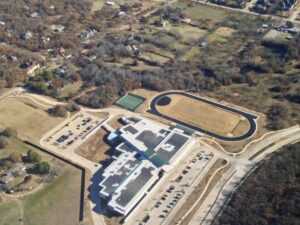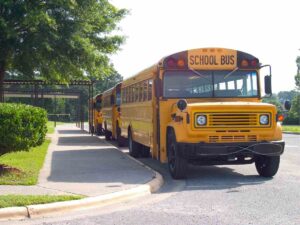The Dallas-Fort Worth region is one of the most diverse metro areas in Texas, with students speaking dozens of languages at home. Schools across DFW are investing in bilingual education, English as a Second Language (ESL) programs, and newcomer support to help students thrive—academically, socially, and linguistically.
Types of Language Support Programs
DFW school districts typically offer one or more of the following:
- **ESL (English as a Second Language):** Targeted English instruction with support in core subjects.
- **Dual Language:** Instruction is split between English and a partner language (often Spanish).
- **Newcomer Programs:** Designed for students new to the U.S. with little or no English proficiency.
- **Transitional Bilingual Programs:** Instruction starts in the native language and gradually shifts to English.
Districts Leading the Way in Bilingual and ESL Programs
- Dallas ISD: Dallas ISD offers one of the most comprehensive bilingual and ESL programs in the state. Students can choose from one-way and two-way dual language programs, where instruction is split between English and Spanish. Newcomer centers are available for recent immigrants who need foundational support in English acquisition, including socio-emotional assistance. Certified bilingual instructors and dedicated ESL coordinators ensure consistent language development throughout elementary, middle, and high school. • Website: https://www.dallasisd.org/Page/729
- Fort Worth ISD: Fort Worth ISD provides ESL instruction at all campuses and offers dual-language models in select elementary schools. The district’s Multilingual Programs department coordinates services for English learners, including refugee and immigrant students. Their International Newcomer Academy is a specialized campus for grades 6–12, designed to support newly arrived students with intensive English instruction. • Website: https://www.fwisd.org/multilingual
- Plano ISD: Plano ISD’s ESL program integrates language support into all core subjects, emphasizing academic vocabulary and reading comprehension. The district also uses sheltered instruction strategies, which adapt lesson delivery without lowering academic standards. Elementary ESL specialists collaborate with classroom teachers to scaffold learning and build English fluency. • Website: https://www.pisd.edu/Page/1583
- Carrollton-Farmers Branch ISD: CFBISD features robust ESL and dual language programming designed to celebrate and support cultural diversity. Elementary students can participate in two-way dual language programs, learning both English and Spanish across the curriculum. Middle and high school students receive ESL instruction aligned with TEKS (Texas Essential Knowledge and Skills) standards. Family engagement is prioritized through cultural liaisons, bilingual counselors, and parent workshops. • Website: https://www.cfbisd.edu/departments/language-services/esl
- Irving ISD: Irving ISD supports English learners through a tiered model of ESL and bilingual education, tailored to students’ proficiency levels. Their programs include structured language instruction, content-area support, and digital learning tools to accelerate acquisition. The district’s Newcomer Academy provides small-group learning for students with interrupted formal education. Translation and interpretation services are available to families in more than 30 languages. • Website: https://www.irvingisd.net/Page/1743
Helpful Resources for Parents
- Texas Education Agency Bilingual/ESL Programs: https://tea.texas.gov/academics/multilingual-learners/bilingual-esl-education
- LPAC (Language Proficiency Assessment Committee) Info: https://www.txel.org/lpac/
- Resources for Parents of English Learners: https://www.txel.org/parent-resources/
- U.S. Department of Education Guide: https://www2.ed.gov/about/offices/list/oela/english-learner-toolkit/index.html
What Parents Should Ask When Choosing a School
- Does the school offer dual language or transitional bilingual instruction?
- Is there ESL support in core subjects like math and science?
- How is progress measured for English learners?
- Are there cultural liaisons or translation services for parents?
- What training do teachers have in ESL strategies?
Final Thoughts: Language Support Builds Success
Whether your child is new to English or growing up in a bilingual household, DFW schools are equipped to help. With strong programs, welcoming communities, and support from the state, families can feel confident that their child’s language development and academics will thrive.
Request your free Destination DFW Relocation Guide here




